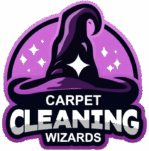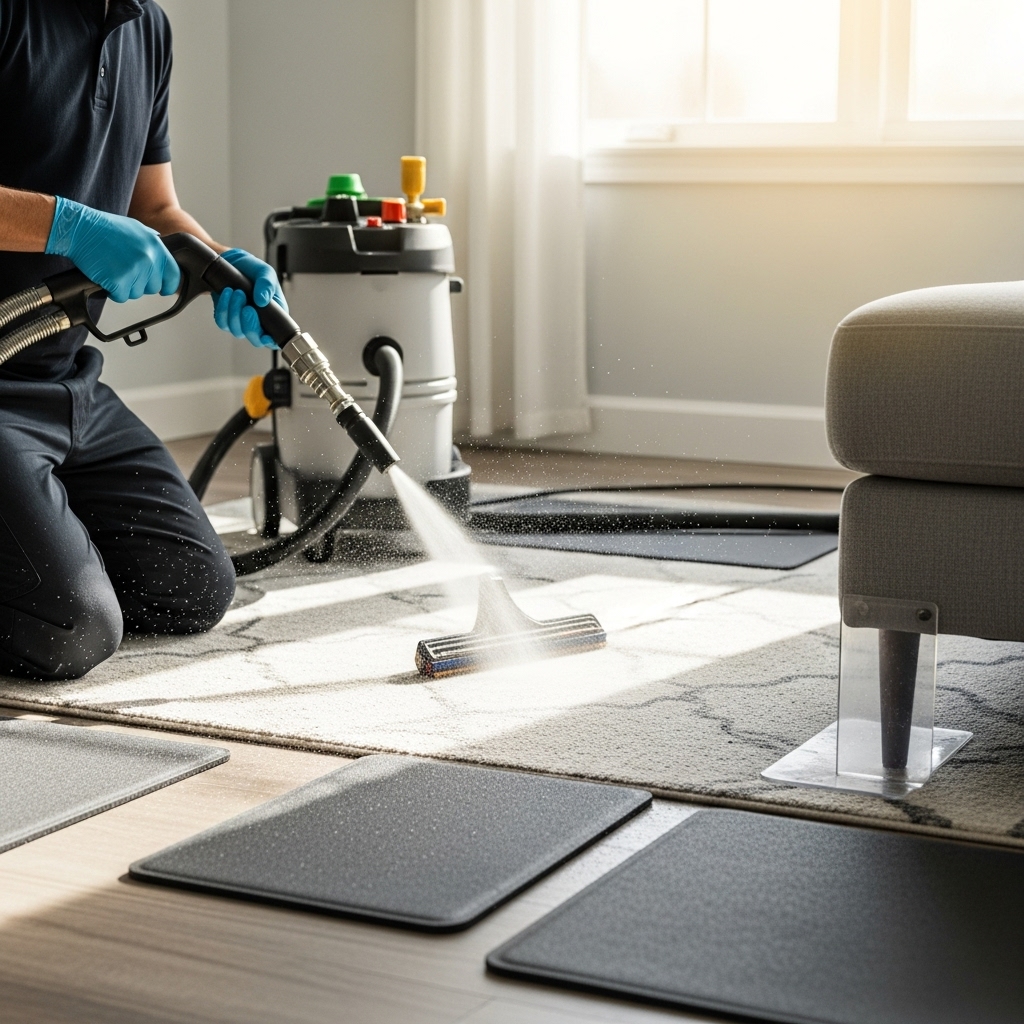Steam Rug Cleaning in Elizabeth, NJ: Pros and Cons Explained
“Steam cleaning” is a common phrase, but in residential settings it typically refers to hot water extraction—injecting water and solution into fibers and extracting it immediately. The method is popular for wall-to-wall carpet and some area rugs, yet it isn’t always the best choice for delicate textiles. This guide explores when hot water extraction shines, when it falls short, and how to decide what’s right for your rug in Elizabeth, New Jersey. At the outset, it helps to understand how full-service rug cleaning differs from in-home extraction, and how fiber, dyes, and construction guide the choice.
Area rugs span a spectrum from sturdy synthetics to hand-knotted heirlooms. Treating them all with one method risks color bleed, shrinkage, or distorted pile. A thoughtful approach starts with fiber identification, dye stability tests, and observation of pre-existing conditions like buckling, sun fade, or past cleaning residues.
How Hot Water Extraction Works
Hot water extraction uses heated water and a cleaning solution delivered under pressure. A vacuum recovers the moisture and suspended soil. For machine-made synthetics with stable dyes, the method can refresh appearance quickly, especially in homes where drying conditions are favorable. Agitation and temperature help break the bond between oily soils and fibers, while immediate extraction reduces residue.
The approach is fast and familiar, which is why many homeowners think of it first. However, rugs are not just small carpets. Their backing systems, foundation fibers, and dyes require careful testing before any wet method is chosen.
Pros of Steam (Hot Water Extraction) for Rugs
- Speed: In-home extraction can be scheduled and completed quickly for suitable rugs.
- Convenience: No pickup or transport needed, reducing interruption to household routines.
- Surface refresh: Lifts light-to-moderate soils and some stains on colorfast synthetics.
- Equipment availability: Many providers have portable or truck-mounted units ready for residential service.
For busy households in Elizabeth, these strengths are appealing—especially when a rug’s fiber and dye system tolerate the method well.
Cons and Risks to Consider
- Dye bleed: Natural dyes and some modern synthetics can migrate under heat and moisture without strict controls.
- Foundation issues: Cotton wefts and warps can swell, causing rippling or shrinkage if drying is uneven.
- Cellulosic browning: Moisture interacting with cellulose fibers can cause browning during slow or imbalanced drying.
- Residue and wicking: Incomplete extraction may leave solutions and soils that rise to the surface as the rug dries.
- Latex-backed rugs: Excessive moisture can accelerate latex breakdown in tufted rugs, leading to odor and delamination.
These risks don’t make extraction wrong; they make testing and method selection essential. For many natural-fiber, hand-knotted rugs, a controlled wash and flat drying off-site are preferable.
When Steam Cleaning Is a Good Fit
Machine-made, colorfast synthetic rugs in good condition often respond well to in-home extraction. Entry mats, playroom rugs, and utility-area pieces that are primarily decorative and not heirloom quality may be excellent candidates. Even then, a professional should confirm dye stability and ensure drying conditions are adequate in your home.
If your rug is moderately soiled, lies on tile or sealed floors, and shows no signs of past bleeding or shrinkage, extraction can be a practical refresh. For best results, pair it with thorough dry soil removal and post-cleaning airflow to speed drying.
When to Choose an Alternative Method
Hand-knotted wool, silk blends, or rugs with unstable dyes benefit from off-site washing. Controlled immersion or low-moisture wash techniques allow technicians to manage temperature, pH, and flow with far greater precision than in-home extraction. Flat, supported drying prevents stretching and helps maintain design geometry.
Rugs with pet contamination deep in the foundation require more than surface extraction. Salts deposited by urine re-activate with humidity and usually need targeted decontamination and extended rinsing—steps that are hard to deliver in a living room setting.
Elizabeth, NJ Considerations
Humidity in summer and sealed homes in winter influence drying. In-home extraction demands good airflow; otherwise, slow drying can encourage browning or musty odors. Urban logistics—parking, stairs, and tight spaces—can make off-site washing more efficient for larger, heavier pieces, despite the added handling.
Older homes may have mixed flooring: hardwood in living spaces and tile near entries. Protecting wood from moisture during in-home extraction is critical. Professional teams bring barriers and absorbent materials to shield thresholds and baseboards.
Pre-Testing: The Non-Negotiable Step
Before any wet cleaning, a technician should test for dye stability and inspect the backing. Slight bleeding during a test is a sign to alter the plan: cooler temperatures, adjusted chemistry, or a shift to an off-site method. Transparent discussion of test results helps you make an informed decision that balances speed, cost, and safety for your rug.
Process Controls That Improve Outcomes
- Thorough dry soil removal: Reduces the load on the wet step and minimizes muddying.
- Measured application: Controls solution volume to avoid over-wetting.
- Targeted agitation: Gentle tools avoid fuzzing wool or distorting pile.
- Multiple, light extraction passes: Remove moisture without overworking fibers.
- Post-clean airflow: Fans and dehumidifiers promote even drying and prevent wicking.
Precision matters. The more a provider can explain about these controls, the better your odds of a safe, satisfying result.
Comparing In-Home vs. Off-Site Results
In-home extraction is a convenient refresh for certain rugs. Off-site washing is a comprehensive reset that reaches the foundation, often improving softness, color clarity, and long-term hygiene. If your rug is a family heirloom or a centerpiece with complex dyes, off-site methods usually deliver more predictable, safer results.
For busy households that need quick turnarounds, blending approaches can work: extraction for durable synthetic mats and full washing for valued natural-fiber pieces. A capable provider will guide you through this decision tree.
Frequently Asked Questions
Q: Will steam cleaning shrink my rug? A: It can if the foundation contains cotton and drying is uneven or too slow. Pre-testing and method selection help avoid this outcome.
Q: Can in-home extraction remove pet urine odors? A: Light, recent incidents may improve, but deep contamination typically requires off-site decontamination and extended rinsing to address salts in the base.
Q: Is hot water always used? A: Temperature depends on fiber and dye stability. Cooler solutions may be safer for certain rugs.
Q: How fast should the rug dry? A: As quickly as practical without forcing heat that risks shrinkage or dye movement. Balanced airflow and dehumidification are key.
Q: Are fringes safe during extraction? A: Fringes are prone to tangling and discoloration. Professional handling and separate detailing protect them.
Q: Can I rent a machine and do it myself? A: DIY units lack the vacuum power and controls of professional equipment. Over-wetting and slow drying are common pitfalls that can cause browning or odor.
Making the Decision With Confidence
Start with fiber identification and dye testing, then weigh convenience against risk and desired outcome. If the rug is synthetic and colorfast, in-home extraction can be a smart refresh. If it’s handmade, contains silk, or has a history of bleeding, an off-site wash is safer. Midway through your evaluation, narrow providers to those who offer both services and can articulate the trade-offs, especially teams that deliver thorough rug cleaning with controlled drying for delicate pieces.
Ready to Choose the Right Method for Your Rug?
Your rug deserves the method that matches its fibers, dyes, and history. Whether you opt for a quick in-home refresh or a detailed off-site wash, insist on testing, clear process controls, and balanced drying. When you want guidance tailored to Elizabeth homes and a team that can pivot between methods as needed, reach out to specialists who provide comprehensive rug cleaning with the care your textiles deserve.

